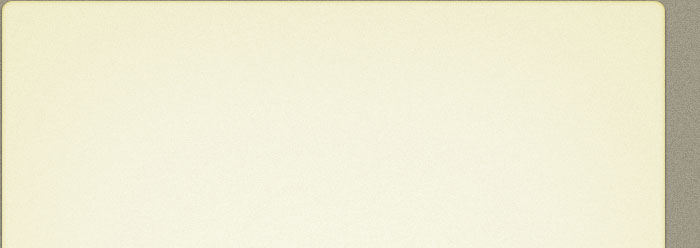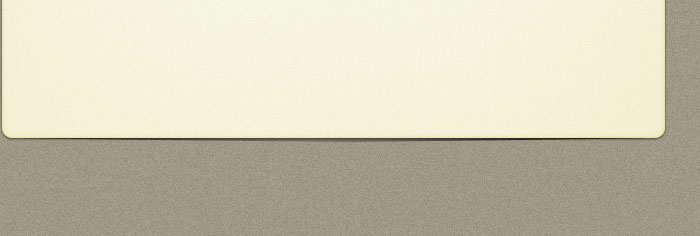Remington Model Seven MS .350 Rem. Mag.
For most hunters and shooters, the .350 Remington Magnum is a cartridge that is little known and rarely seen. Among the few that have been enamored of the cartridge are Alaskan hunters and serious rifle enthusiasts that have found it to be powerful enough to take down virtually any type of game that is encountered in North America in a rifle that is about the length of the average 94 Winchester carbine. This performance does come with a price, however and that is recoil that can be stout, to say the least. This version of the Model Seven is the MS from Remington’s Custom Shop and with its full-length stock, it resembles the Mannlicher-Schoenauer rifles used by the likes of W.D.M. “Karamojo” Bell and Roy Chapman Andrews. Although Bell’s favorite rifle eventually became the .275 Rigby, he still had praise for the little 6.5mm Mannlicher-Schoenauer he used in Africa. His main complaint was not the rifle but the 6.5mm bullets being too fragile for the elephant hunting he engaged in. I imagine if he had some of the excellent bullets available today that would have solved his problems right away.

The cartridge itself is one of two belted, short magnums Remington brought out in the 1960’s, the other one being the 6.5mm Remington Magnum. In the 34 years that I have been shooting, I have only seen one 6.5mm Rem. Mag. rifle and it was on a used gun rack for over a year until someone managed to buy it. That particular model of Remington 700 rifle is rarely seen and would have been a good starting point for a custom .350 Rem. Mag. rifle. Very few mass produced American bolt action rifles have been made in .350 Rem. Mag. over the years but one was the original Ruger M77. Ken Waters wrote an excellent article in the September 1981 issue of Handloader magazine about the .350 Rem. Mag. and used a Ruger M77 for his load testing. He stated that he “wouldn’t think of parting with it” which sums up the feeling of many owners. I did notice recently however, that the Ruger catalog did show the “new” M77 in .350 Rem. Mag. for a short while but it is currently discontinued.
This particular Model Seven MS was special ordered from the Remington Custom Shop and was delivered in 1998. It has the fine workmanship that one would expect from a rifle that cost over a thousand dollars back then although as it originally came from the Remington Custom Shop, it had a rear guard screw that was a bit too short. The laminated, Mannlicher-style stock is noticeably beefier than the standard Model Seven stock so an extra long guard screw from Brownells was installed by a local gunsmith before shooting it. The rifle oozes class and I never tire of admiring its lines or handling qualities. Everything fits and works the way it should and although purists will sniff that it will never be the equal of guns made in the pre-WW2 period, it is still a fine piece.
As for how it shoots, let’s just say that you need to take firm grip before firing it. The first time I took it to the range, the front sight hood fell off after the fifth shot. The recoil is not as severe as say, a .416 Rigby, but it is substantial and is not for those that have not been initiated in the use of heavy kicking rifles. I suppose that when shots are fired in anger at game, the recoil will most likely be unnoticeable but there are a lot more shots fired at paper than game and all good riflemen practice as much as they can. As such, if you are recoil shy, you may want to consider some sort of device that will minimize the felt recoil. Otherwise, I can guarantee you that you will develop some sort of flinch and that is never a good thing!
The iron sights mounted on the the rifle are adequate for their intended use although I find that the rear notch is a bit too small for my taste. Perhaps a little adjustment with a needle file may be in order at some point but then again, a scope such as Leupold’s 1.5-5x would make the issue moot and is probably the best solution for the serious hunter. It pains me to say this but as I approach middle age, my eyes are definitely not what they used to be and trying to use iron sights in a low light situation is becoming increasingly difficult.
Firing the rifle is fairly straightforward although as I mentioned earlier, the recoil is definitely stout. The laminated stock adds a bit of weight over the standard Model Seven and is a welcome touch. A good size recoil pad also helps control recoil so with practice, it should be quite manageable. If any of you have trouble handling anything more than a .30-06 with heavy bullets, then I would suggest handloading cartridges loaded at reduced levels with .357” pistol bullets for practice and plinking. Al Miller sang the praises of handloading pistol bullets for his Model 600 rifle in the Nosler Reloading Manual No. 3 so anyone interested in trying it would do well to start there. Interestingly enough, he stated that if he were limited to just one rifle, it would be chambered in .350 Remington Magnum.
Therein lies the chief appeal of the cartridge and rifle to serious enthusiasts. Used and loaded properly, it will dispatch just about anything that walks on this planet with a minimum of fuss. It wouldn’t be legal for use in some African countries on dangerous game because it doesn’t have enough bore diameter but it will get the job done. Alaskan guides love the cartridge and for many years, Model 600 rifles chambered for it were selling for upwards of a thousand dollars or more.
This rifle has only had a few rounds fired through it so far but early results are promising. The rifle averages about 1.5” to 2.0” at 100 yards with a handload using Sierra 225 grain Gamekings and some old Winchester 748 powder. Further testing should improve the results although is is not realistic to expect match-grade accuracy from such a short, thin barrel. Such is the price to pay for such a compact package but then again, the rifle is meant to be used in the game fields and 1.5” to 2.0” at 100 yards still results in big game brought to bag. As I become more familiar with this particular rifle and its idiosyncrasies, it should be possible to shrink the groups a bit and discover any other characteristics of interest to shooters. Till then, I wish all my fellow hunters and gun enthusiasts the best of luck in the field. ---- W.M. Oberndorf
Copyright 2008 ALL ABOUT GUNS



